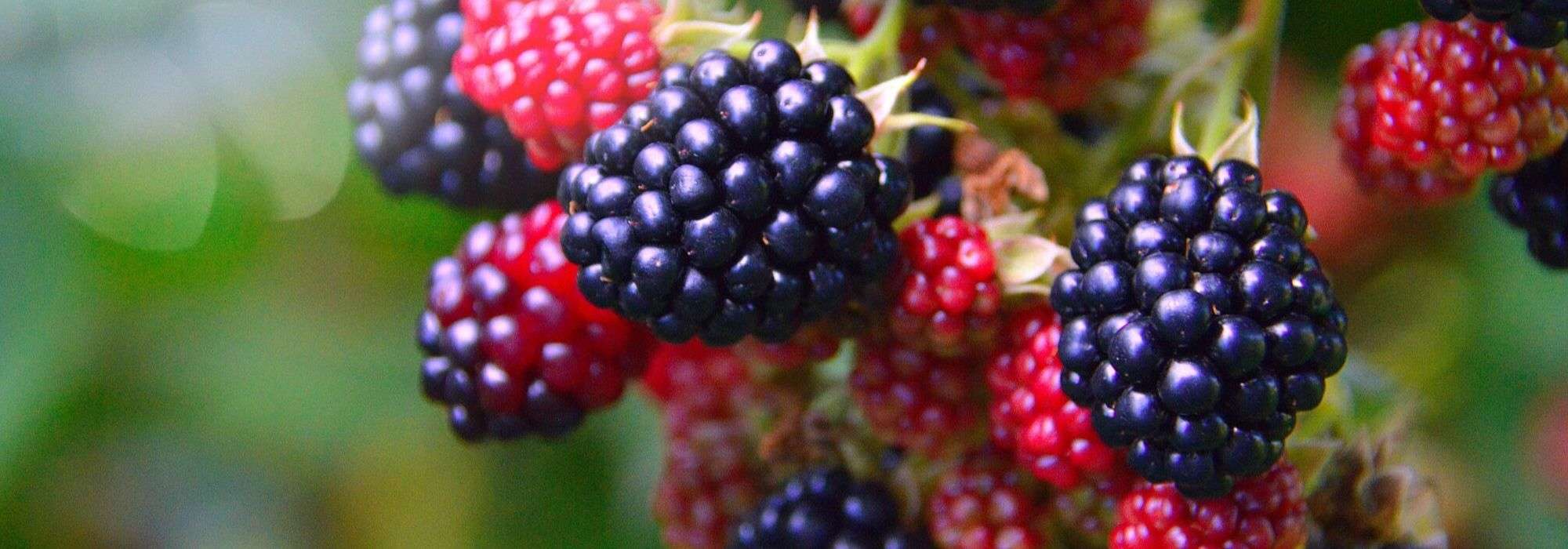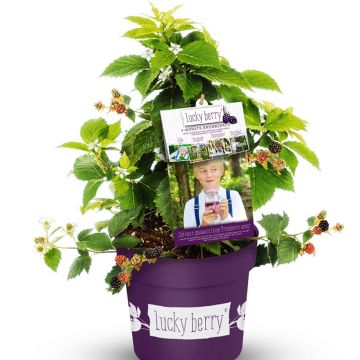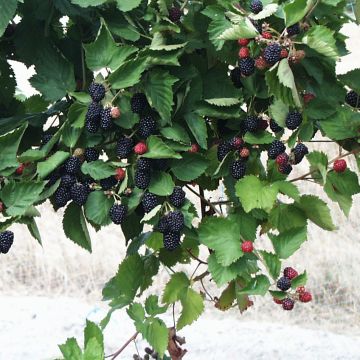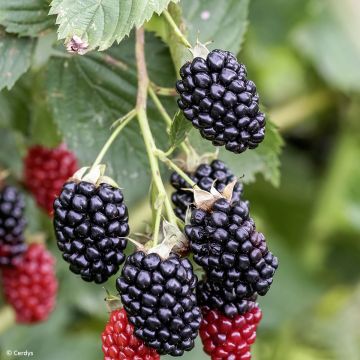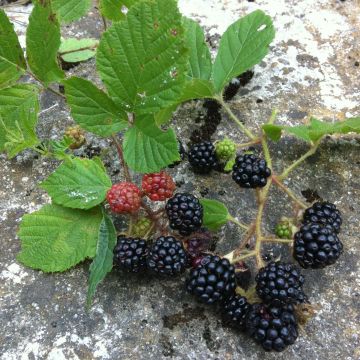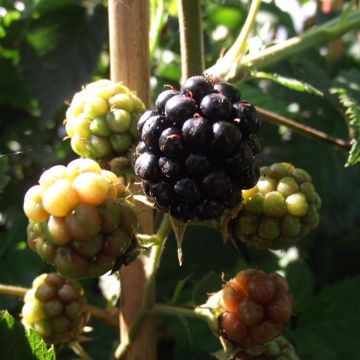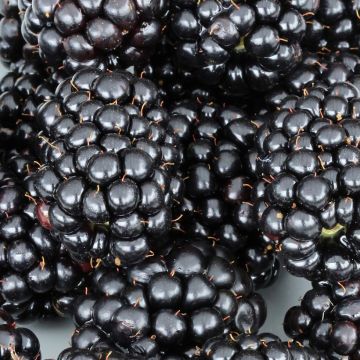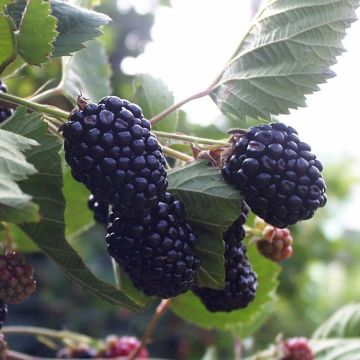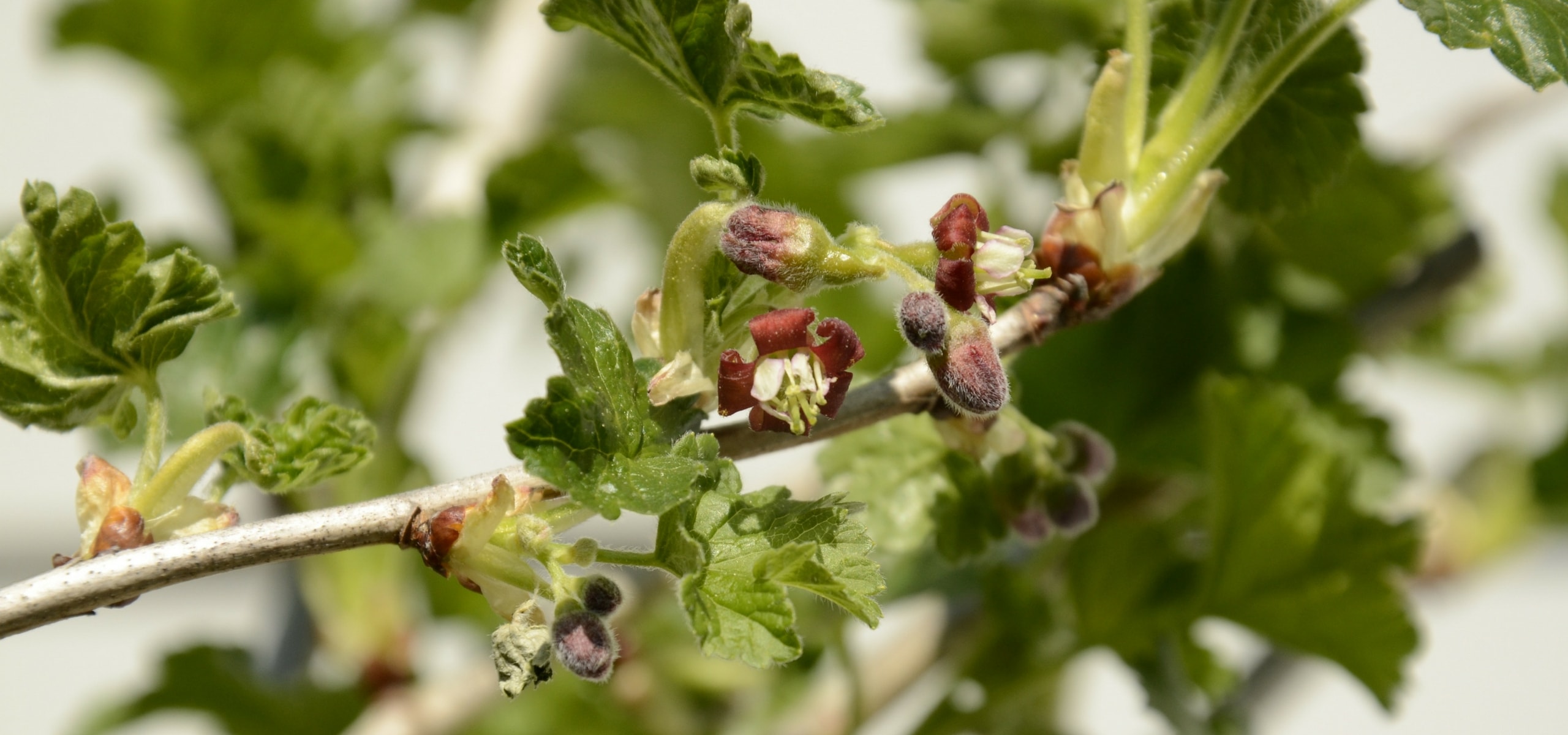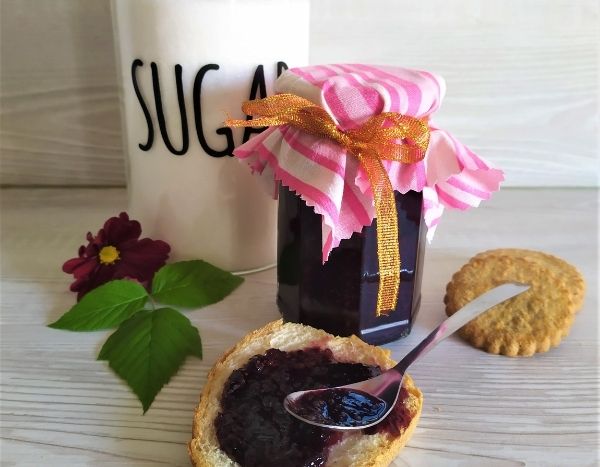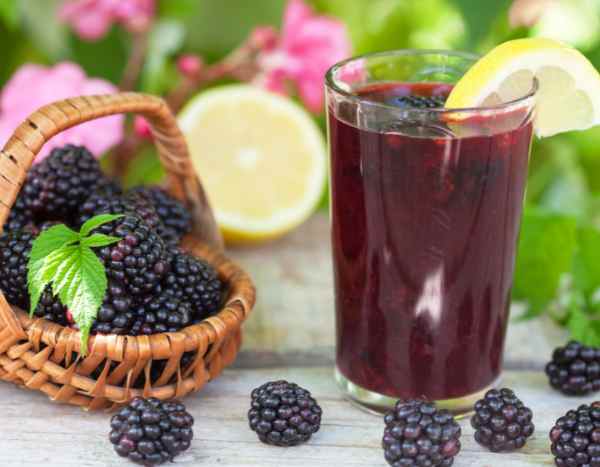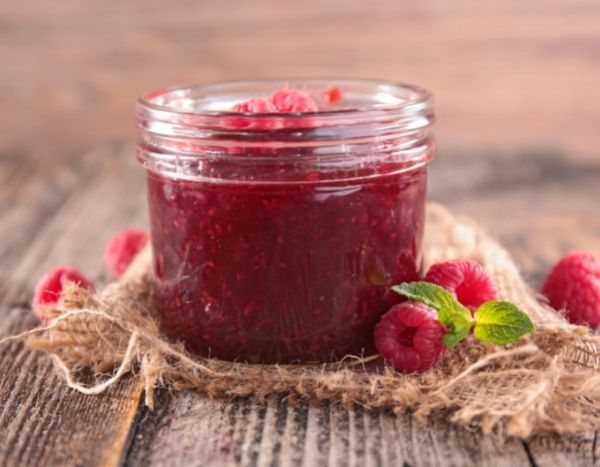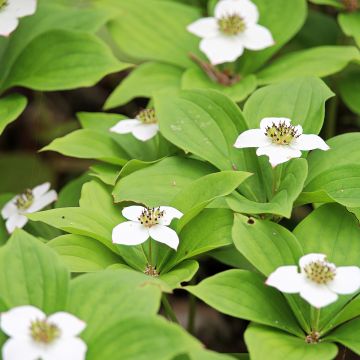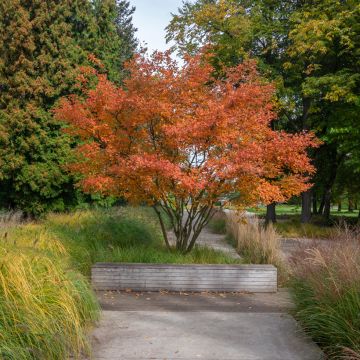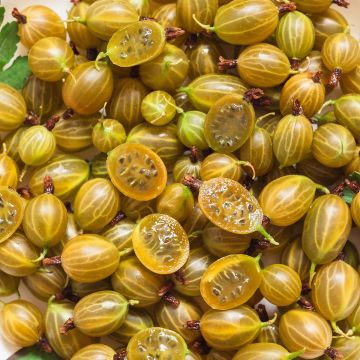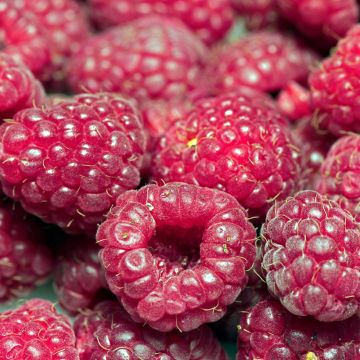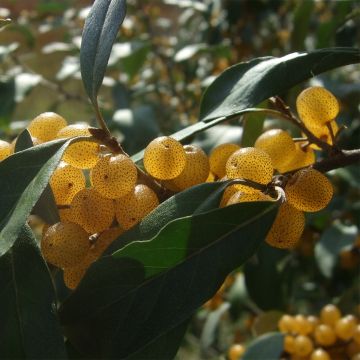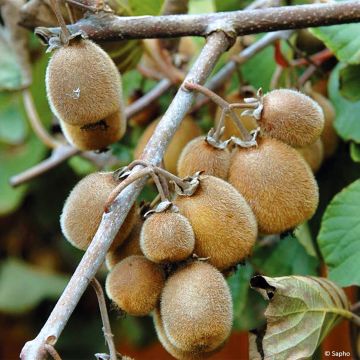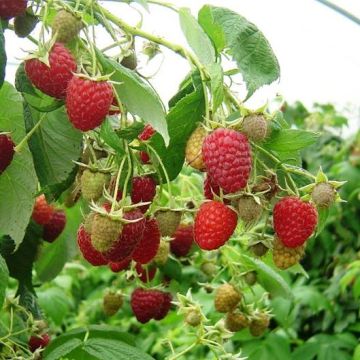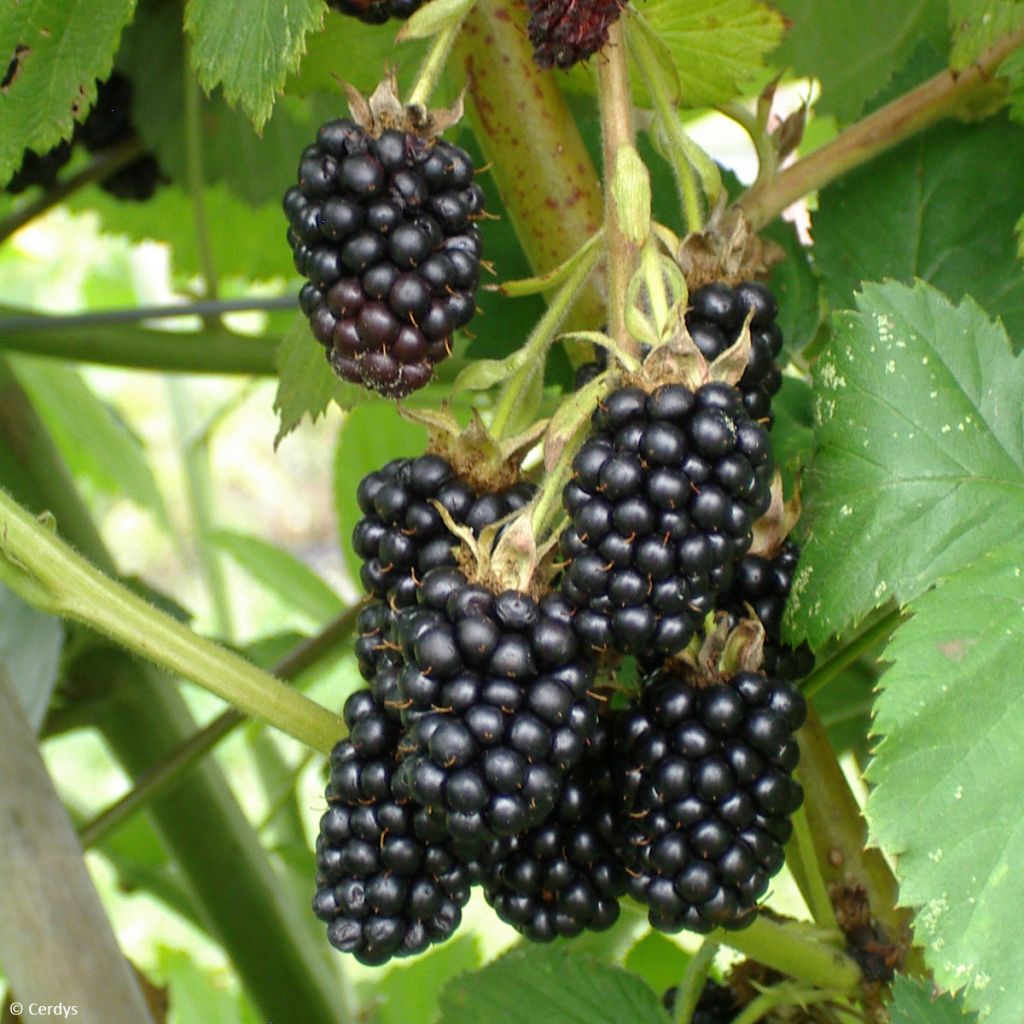

Rubus fruticosus 'Dirksen'
Rubus fruticosus 'Dirksen'
Rubus fruticosus Dirksen
Blackberry, Bramble
Special offer!
Receive a €20 voucher for any order over €90 (excluding delivery costs, credit notes, and plastic-free options)!
1- Add your favorite plants to your cart.
2- Once you have reached €90, confirm your order (you can even choose the delivery date!).
3- As soon as your order is shipped, you will receive an email containing your voucher code, valid for 3 months (90 days).
Your voucher is unique and can only be used once, for any order with a minimum value of €20, excluding delivery costs.
Can be combined with other current offers, non-divisible and non-refundable.
Home or relay delivery (depending on size and destination)
Schedule delivery date,
and select date in basket
This plant carries a 6 months recovery warranty
More information
We guarantee the quality of our plants for a full growing cycle, and will replace at our expense any plant that fails to recover under normal climatic and planting conditions.
Description
The 'Dirksen Thornless' Garden Blackberry is a robust, hardy fruit undershrub. To simplify cultivation, its semi-rigid stems, 2 to 3 metres (7 to 10 feet) long, can be trained like a climbing plant. It produces large black fruits on thornless branches, which significantly facilitates harvesting. From August to October, an abundance of juicy blackberries with a balanced sweet-sour flavour can be harvested. This sweet taste, punctuated by a slight acidity, provides a lot of pleasure when eaten. Fruity and aromatic, this fruit enhances sauces, jellies, jams, pies, and fruit salads with its colours and fragrance—recommended planting in autumn.
The Rubus belongs to the rose family and is native to the mountains of the Caucasus in Asia Minor. This genus has diversified over time and has given rise to several subgenera, including the raspberry (Rubus idaeus) and the common blackberry (Rubus fruticosus). The latter genus includes numerous subspecies that differ in fruit size, colour, and acidity. This berry has been consumed in Europe and America for about 2000 years. Rubus fruticosus is commonly known as the bramble or wild blackberry. It is a climbing liana that can reach a width of 5 metres (16 feet) or more, with branches usually covered in thorns. It is found in many temperate regions worldwide, where it is often considered an invasive plant.
Rubus fruticosus 'Dirksen Thornless' is a garden blackberry of American origin, selected for its large fruits, thornless branches, and high yield. It is a climbing perennial plant with a semi-shrubby and bushy habit. The branches reach a length of 1.50 to 2.50 metres (5 to 8 feet), and the stump can occupy 0.5 to 0.8 metres (2 to 3 feet) of ground space. The foliage is deciduous and falls in autumn. It is bright green and composed of small, serrated leaves with visible veins similar to raspberry leaves. The branches only live to bear fruit (2 years) and are gradually replaced by shoots emerging from the stump. Fruit production generally occurs on 2-year-old branches, so renewing them yearly through winter pruning is essential. From May to June, the abundant and melliferous flowering consists of numerous small white flowers, single and cup-shaped, measuring 1.5 to 2 cm (1in) in diameter, grouped in clusters. The growing fruits are called drupes, clustered together on the receptacle and remain attached. They are larger than wild blackberries and change colour from red to black and shiny when they are fully ripe. They are best picked when they are entirely black when they are sweet, tangy, juicy, and flavorful.
'Dirksen Thornless' Blackberry has abundant fruiting from mid-August to October, allowing for staggered harvests for various culinary uses. It is a delicate fruit that must be picked carefully. Light rinsing with water is possible. Blackberries keep better in the refrigerator and can be frozen. The large size of the fruit on thornless branches greatly facilitates harvesting. They are enjoyable to eat fresh right after picking. They can also be used for various culinary purposes, such as jellies, jams, sorbets, sauces, syrups, juices, tiramisu, crumbles, and puddings... not to mention the famous blackberry pies. Low in calories but rich in minerals (manganese, iron, potassium), vitamins C and K, fibre, and antioxidants, blackberries contribute to a balanced diet.
Hardy down to -20°C (-4°F), easy to cultivate, the 'Dirksen Thornless' Garden Blackberry thrives in ordinary, preferably fertile, well-drained, and moist soil. A sunny or slightly shaded exposure is preferable. It is advisable to train the branches as they grow on a support such as a fence, trellis, pergola, or arches to facilitate harvesting. In winter, the branches that bore fruit that year should be pruned back to 15 cm (6in) above the ground. Mulching helps reduce evaporation and preserves soil fauna.
Rubus fruticosus 'Dirksen' in pictures
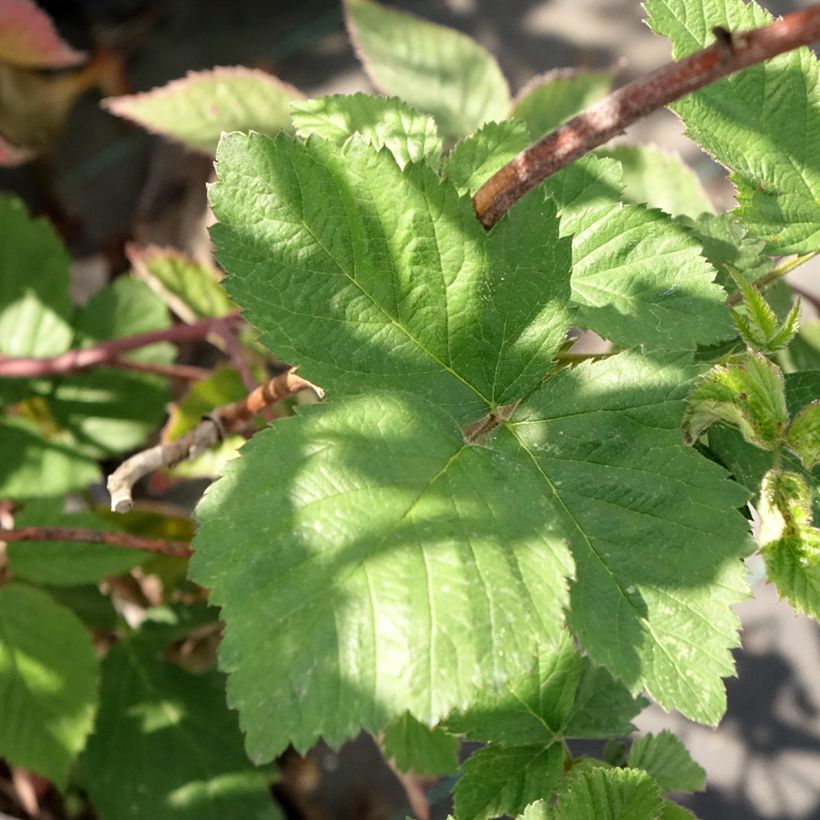

Plant habit
Fruit
Flowering
Foliage
Botanical data
Rubus
fruticosus
Dirksen
Rosaceae
Blackberry, Bramble
Cultivar or hybrid
Other Blackberry bush
View all →Planting and care
The 'Dirksen Thornless' Blackberry prefers deep, fertile, and moist soils, but it is a low-demand plant that will adapt to any ordinary soil, as long as it is not too dry in summer. Brambles fruit in the sun, in partial or even in shade, but the fruits will be of lower quality in these conditions. It will tolerate full sun in cooler climates, while in hotter regions, it will prefer partial shade. It is best to plant it in the garden in autumn, from September to December.
Dig a hole twice as large as the root system. Loosen the root ball with a slightly sharp tool to untangle the roots and promote growth. Place the bush in the hole without burying it too deep. Water well to settle the soil and remove air around the roots. Ensure the plant does not lack water during the first year after planting.
Water regularly to facilitate rooting in the first year of planting. During periods of high heat or prolonged drought, provide additional water. Weed the surface, especially at the beginning of the planting, and apply mulch to keep the soil cool in summer.
Similarly, during the first year, only keep the vigorous branches. Organic fertiliser is beneficial at the start of the growing season. Train the new branches as they grow to prevent overgrowth: the bramble naturally layers, meaning that if a branch touches the ground for an extended period, it will develop roots and new shoots, creating a new bush.
Planting period
Intended location
Care
Planting & care advice
This item has not been reviewed yet - be the first to leave a review about it.
Similar products
Haven't found what you were looking for?
Hardiness is the lowest winter temperature a plant can endure without suffering serious damage or even dying. However, hardiness is affected by location (a sheltered area, such as a patio), protection (winter cover) and soil type (hardiness is improved by well-drained soil).

Photo Sharing Terms & Conditions
In order to encourage gardeners to interact and share their experiences, Promesse de fleurs offers various media enabling content to be uploaded onto its Site - in particular via the ‘Photo sharing’ module.
The User agrees to refrain from:
- Posting any content that is illegal, prejudicial, insulting, racist, inciteful to hatred, revisionist, contrary to public decency, that infringes on privacy or on the privacy rights of third parties, in particular the publicity rights of persons and goods, intellectual property rights, or the right to privacy.
- Submitting content on behalf of a third party;
- Impersonate the identity of a third party and/or publish any personal information about a third party;
In general, the User undertakes to refrain from any unethical behaviour.
All Content (in particular text, comments, files, images, photos, videos, creative works, etc.), which may be subject to property or intellectual property rights, image or other private rights, shall remain the property of the User, subject to the limited rights granted by the terms of the licence granted by Promesse de fleurs as stated below. Users are at liberty to publish or not to publish such Content on the Site, notably via the ‘Photo Sharing’ facility, and accept that this Content shall be made public and freely accessible, notably on the Internet.
Users further acknowledge, undertake to have ,and guarantee that they hold all necessary rights and permissions to publish such material on the Site, in particular with regard to the legislation in force pertaining to any privacy, property, intellectual property, image, or contractual rights, or rights of any other nature. By publishing such Content on the Site, Users acknowledge accepting full liability as publishers of the Content within the meaning of the law, and grant Promesse de fleurs, free of charge, an inclusive, worldwide licence for the said Content for the entire duration of its publication, including all reproduction, representation, up/downloading, displaying, performing, transmission, and storage rights.
Users also grant permission for their name to be linked to the Content and accept that this link may not always be made available.
By engaging in posting material, Users consent to their Content becoming automatically accessible on the Internet, in particular on other sites and/or blogs and/or web pages of the Promesse de fleurs site, including in particular social pages and the Promesse de fleurs catalogue.
Users may secure the removal of entrusted content free of charge by issuing a simple request via our contact form.
The flowering period indicated on our website applies to countries and regions located in USDA zone 8 (France, the United Kingdom, Ireland, the Netherlands, etc.)
It will vary according to where you live:
- In zones 9 to 10 (Italy, Spain, Greece, etc.), flowering will occur about 2 to 4 weeks earlier.
- In zones 6 to 7 (Germany, Poland, Slovenia, and lower mountainous regions), flowering will be delayed by 2 to 3 weeks.
- In zone 5 (Central Europe, Scandinavia), blooming will be delayed by 3 to 5 weeks.
In temperate climates, pruning of spring-flowering shrubs (forsythia, spireas, etc.) should be done just after flowering.
Pruning of summer-flowering shrubs (Indian Lilac, Perovskia, etc.) can be done in winter or spring.
In cold regions as well as with frost-sensitive plants, avoid pruning too early when severe frosts may still occur.
The planting period indicated on our website applies to countries and regions located in USDA zone 8 (France, United Kingdom, Ireland, Netherlands).
It will vary according to where you live:
- In Mediterranean zones (Marseille, Madrid, Milan, etc.), autumn and winter are the best planting periods.
- In continental zones (Strasbourg, Munich, Vienna, etc.), delay planting by 2 to 3 weeks in spring and bring it forward by 2 to 4 weeks in autumn.
- In mountainous regions (the Alps, Pyrenees, Carpathians, etc.), it is best to plant in late spring (May-June) or late summer (August-September).
The harvesting period indicated on our website applies to countries and regions in USDA zone 8 (France, England, Ireland, the Netherlands).
In colder areas (Scandinavia, Poland, Austria...) fruit and vegetable harvests are likely to be delayed by 3-4 weeks.
In warmer areas (Italy, Spain, Greece, etc.), harvesting will probably take place earlier, depending on weather conditions.
The sowing periods indicated on our website apply to countries and regions within USDA Zone 8 (France, UK, Ireland, Netherlands).
In colder areas (Scandinavia, Poland, Austria...), delay any outdoor sowing by 3-4 weeks, or sow under glass.
In warmer climes (Italy, Spain, Greece, etc.), bring outdoor sowing forward by a few weeks.






























